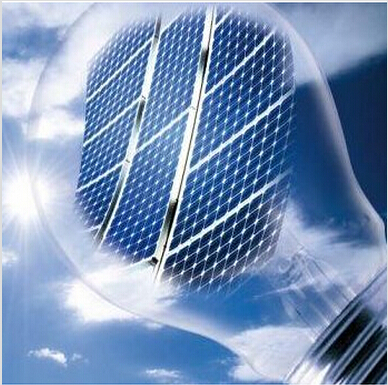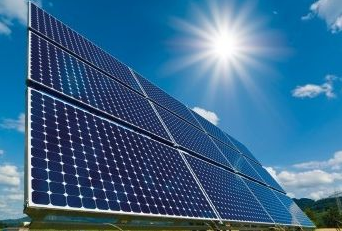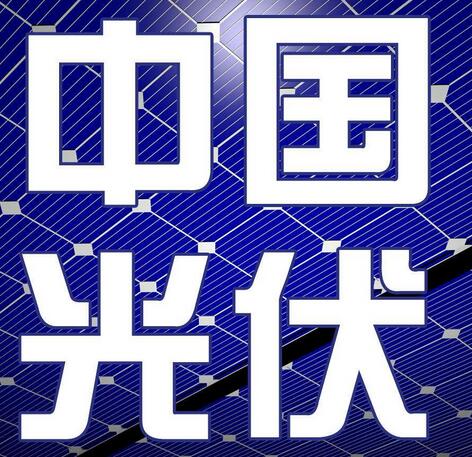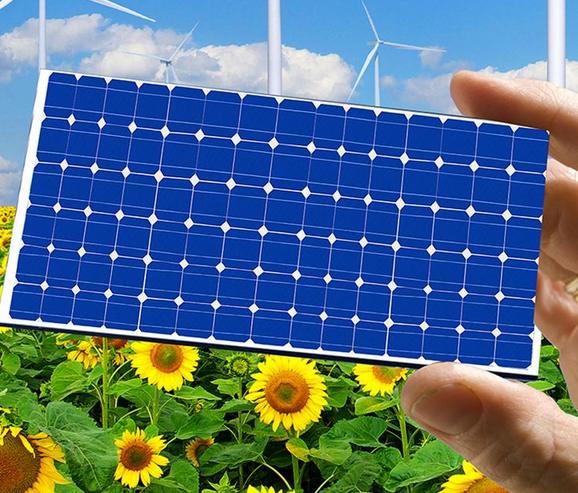In the past two years, the growth rate of photovoltaic power generation is the fastest in clean energy, among which the development speed of rooftop photovoltaics is extremely significant. The data shows that in 2017, China's newly installed photovoltaic capacity was 53.06 GW, and China's distributed photovoltaic new installed capacity was 19.44 GW, a year-on-year growth rate of 53% and 3.7 times respectively. As of the end of December 2017, the installed capacity of distributed photovoltaics accounted for 36.64% of the total installed PV capacity, a significant increase of 22.61 percentage points compared with 2015. Although distributed photovoltaics have many forms of photovoltaic carriers, the current carriers are mainly roofs. In the past two years, due to the explosive growth of the roof photovoltaic market, the PV industry has created a “rushing roof” boom.
According to Zhou Jianqi's introduction, rooftop PV installation is to install small-scale photovoltaic power generation equipment on the roof (also can be installed in the courtyard). The power generated by the electricity is mainly used for personal use. FusionExcel's electricity is transmitted to the Internet, which means “spontaneous use and extra power consumption”. Different from centralized photovoltaic power generation, large-scale photovoltaic power plants must be built in large-area desert areas where solar energy resources are relatively stable, and electricity is transmitted in the form of long-distance transmission of high-voltage power grids. Distributed rooftop photovoltaic power generation has the advantages of small investment, flexible assembly, and proximity to low voltage. The power consumption of the network is fast and the advantages are fast.
Expanding domestic demand is fundamental to dealing with trade frictions
On March 26th, a New Deal issued by the Ministry of Finance reintroduced strong driving force for the sustainable development of China's photovoltaic poverty alleviation projects. In order to ensure that the benefits of photovoltaic poverty relief benefit the majority of the poor population in time, the photovoltaics included in the Catalogue of Supplementary Funding for Renewable Energy Electricity Price Additional Funds For poverty alleviation projects, the Ministry of Finance will give priority to allocating subsidy funds for poverty alleviation. Through industrial poverty alleviation and the rapid development of many new industries including photovoltaic poverty alleviation, poverty alleviation in China has reached a new level.
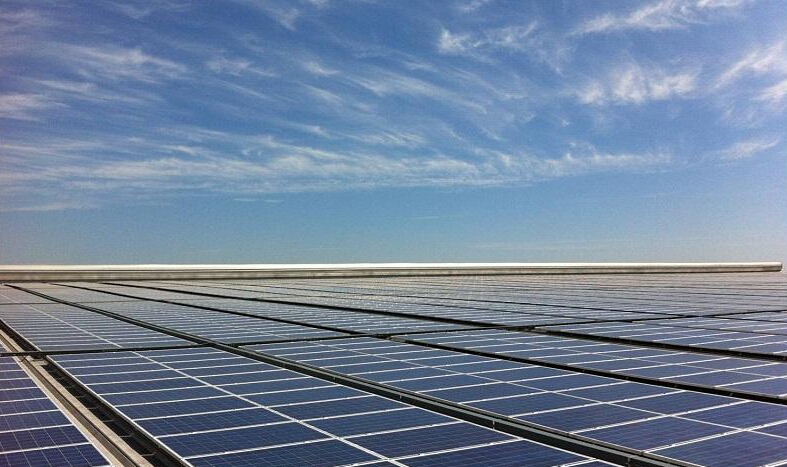
“For subsidy policy, it should be treated with respect. Subsidy policy can be seen as the starting stage of survival for industries that do not have a cost advantage, and it is in line with the development law of the industry, but the subsidy policy is only a transitional policy and it is difficult to continue for a long time.” Zhou Jianqi said .
It should be noted that not only does the roof photovoltaic provide farmers with a steady increase in income, but the significance of rooftop photovoltaics also exceeds the scope of precision poverty alleviation and rises to the strategic level of rural rejuvenation.
Zhou Jianqi believes that subsidies are not a long-term solution. For the photovoltaic industry, the final elimination of subsidies depends on three points. First, technological progress leads to a reduction in costs and thus has the ability to replace traditional energy sources. The second is the improvement of service integration efficiency. The third is the innovation of the business model, otherwise the stamina is insufficient.
"These three points are mutually reinforcing, complementary and inseparable." Zhou Jianqi stressed.
At present, Sino-US trade frictions are getting worse. In the tariff list for China's products, PV industrial inverters, controllers and other photovoltaic industry equipment are impressive.
“The trade friction in the photovoltaic industry has always been, and during the “Twelfth Five-Year Plan” period, due to the fact that PV is mainly driven by exports, it has brought great impact on the photovoltaic industry. The current trade friction between China and the United States certainly has a certain impact on relevant export enterprises. But the impact is within control, and at the same time, this trade friction will further stimulate domestic innovation.
The data shows that in 2017, China's PV market will account for 50% of the global market for solar products, and photovoltaic capacity will account for 70% of the world's total. This shows that China is not only the largest producer of solar energy products, but also the largest market for solar energy in the world.
“For the photovoltaic industry, actively exploring the domestic market and expanding domestic demand are fundamental.” Zhou Jianqi further emphasized.
















 RCCN WeChat QrCode
RCCN WeChat QrCode Mobile WebSite
Mobile WebSite